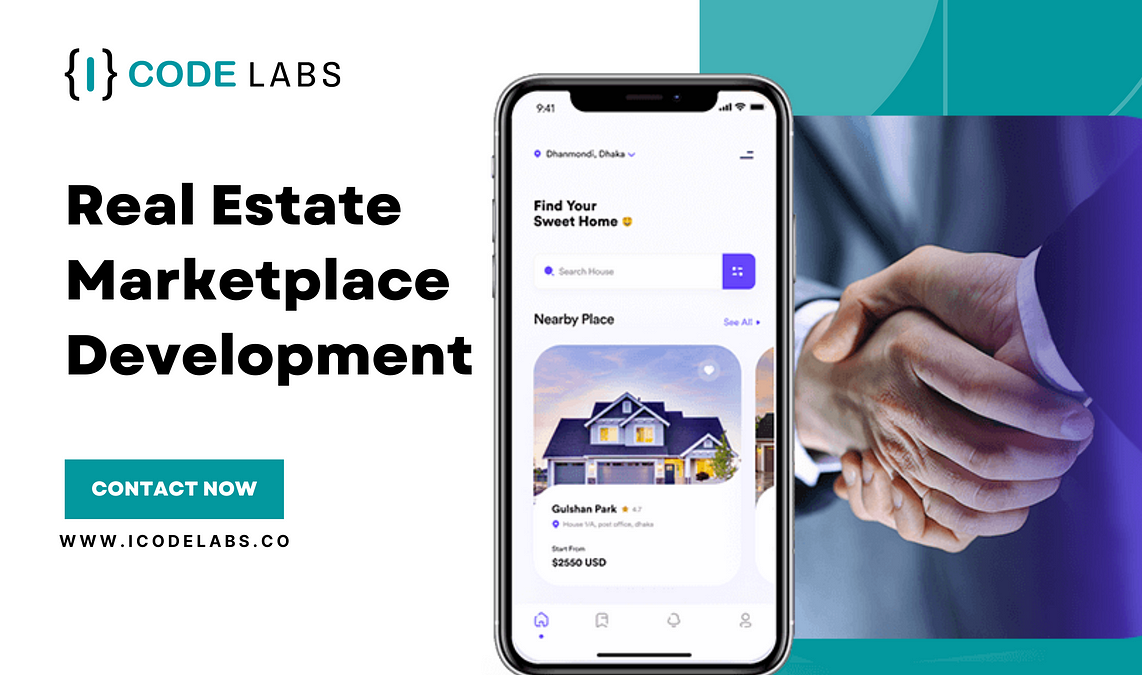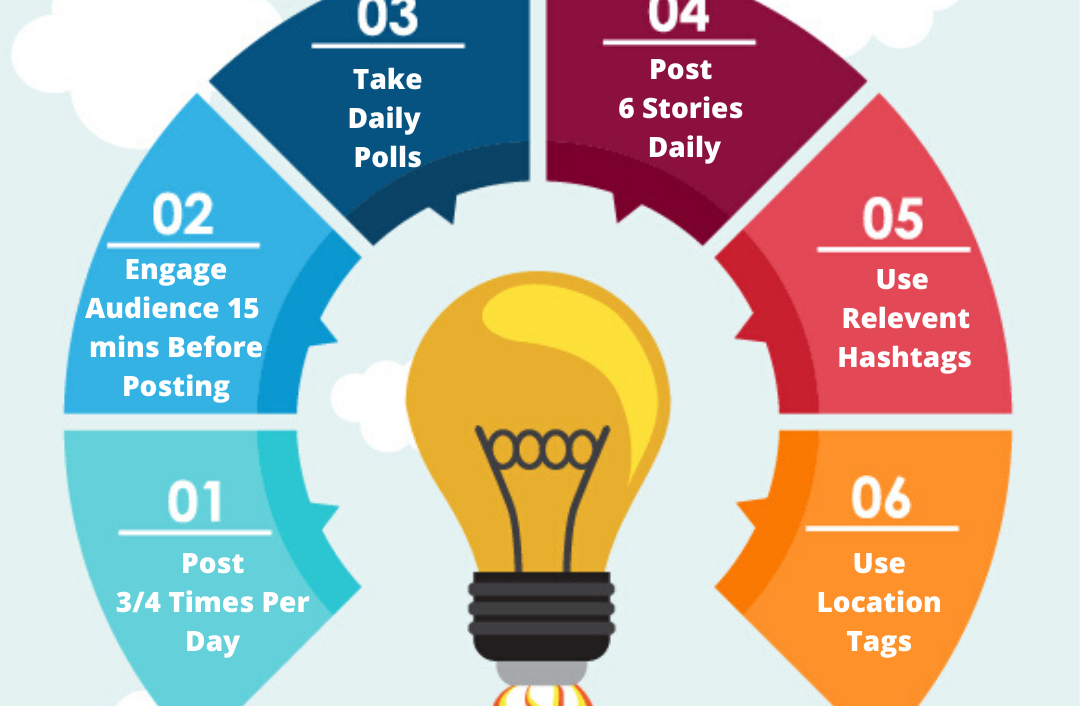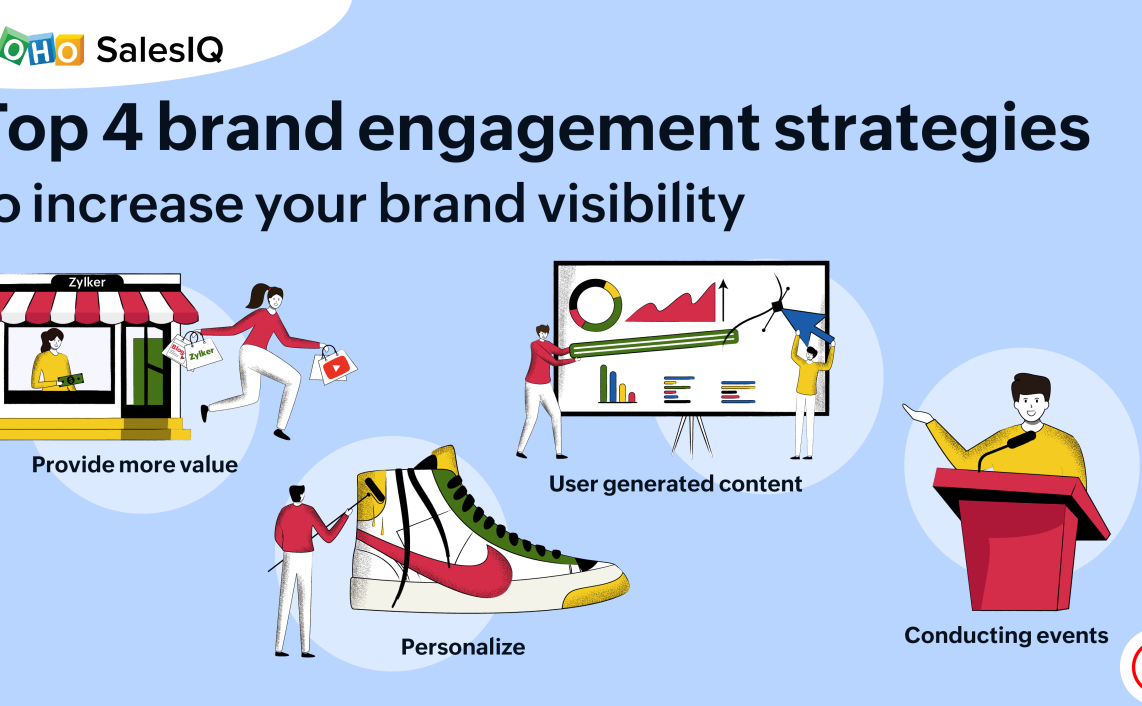Advertising Secrets For Retail Success: How To Stand Out

Executive Summary

In today’s competitive retail landscape, it’s imperative for businesses to adopt effective advertising strategies to attract and retain customers. This comprehensive guide delves into the five key pillars of persuasive advertising that empower retailers to stand out, generate leads, and drive sales. By leveraging data-driven insights, understanding customer behavior, utilizing multi-channel marketing, embracing social proof, and implementing effective call-to-actions, businesses can elevate their advertising campaigns and achieve remarkable success.

Introduction
In an era of relentless technological advancements and consumer sophistication, the retail industry faces unprecedented challenges in capturing attention and driving sales. The advent of e-commerce, the fragmentation of media channels, and the abundance of choice have compelled retailers to rethink their advertising strategies. Persuasive advertising, with its focus on compelling messages, targeted delivery, and measurable results, has emerged as a potent weapon in the battle for market share.
Using Data-Driven Insights to Target the Right Customers
1. Harnessing Customer Data: Collect and analyze data from multiple sources, including customer surveys, purchase histories, and website interactions, to gain a granular understanding of customer demographics, preferences, and behavior.
2. Market Segmentation: Divide the customer base into distinct segments based on shared characteristics and behaviors, allowing for tailored advertising campaigns that resonate with specific customer needs and interests.
3. Behavioral Targeting: Track and monitor customer behavior online and offline to deliver targeted advertising at the right time and place, increasing relevance and conversion rates.
Understanding Customer Psychology to Craft Irresistible Messaging
1. Psychology of Persuasion: Study the principles of persuasion, such as social proof, scarcity, and reciprocity, to craft messaging that appeals to customers’ emotions, triggers desires, and motivates purchasing decisions.
2. Value Proposition: Clearly articulate the unique value proposition that sets the product or service apart from competitors, highlighting specific benefits that align with customer needs and aspirations.**
3. Storytelling: Engage customers with compelling stories that connect with their emotional experiences, create a sense of relatability, and foster a strong bond with the brand.
Utilizing Multi-Channel Marketing to Amplify Reach and Impact
1. Omnichannel Approach: Integrate advertising efforts across multiple channels, including traditional media, digital channels, social media, and in-store experiences, to create a cohesive and impactful customer journey.
2. Content Marketing: Create and distribute valuable, non-promotional content that educates, informs, and engages customers, establishing brand authority and building trust.
3. Social Media Marketing: Leverage social media platforms to connect with customers, share product updates, drive traffic to the website, and generate buzz around the brand.
Embracing Social Proof to Build Credibility and Trust
1. Testimonials and Reviews: Encourage customers to share feedback and experiences, displaying positive testimonials and reviews prominently on the website, social media, and advertising materials.
2. Influencer Marketing: Collaborate with influencers who align with the brand’s values and have a significant following within the target market, leveraging their credibility to promote the product or service.**
3. Case Studies: Provide detailed case studies that demonstrate the positive outcomes and ROI achieved by customers who have used the product or service, building confidence and reducing risk perceptions.
Implementing Effective Call-to-Actions to Drive Conversions:
1. Clear and Compelling Copy: Use actionable language that clearly communicates the desired customer behavior, such as “Buy Now,” “Add to Cart,” or “Sign Up.”
2. Visual Cues: Employ visual cues, such as buttons, arrows, and icons, to guide customers towards the desired action and reduce cognitive effort.
3. Sense of Urgency: Create a sense of urgency by highlighting limited-time offers, exclusive promotions, or scarcity to motivate customers to take action immediately.
Conclusion
In the fiercely competitive retail landscape, persuasive advertising serves as a beacon of success, guiding businesses towards achieving remarkable results. By embracing data-driven insights, understanding customer psychology, utilizing multi-channel marketing, embracing social proof, and implementing effective call-to-actions, retailers can craft compelling advertising campaigns that captivate audiences, drive conversions, and leave an indelible footprint in the market.
Relevant Keyword Tags
- Advertising for retail
- Data-driven advertising
- Customer psychology
- Multi-channel marketing
- Call-to-actions
FAQs
1. What is the most important aspect of effective advertising?
- Understanding the target audience and their needs.
2. How can I measure the effectiveness of my marketing campaigns?
- Use analytics tools to track key metrics such as website traffic, leads, and conversions.
3. What is the role of social media in retail advertising?
- Social media is a great way to connect with customers, create brand awareness and drive traffic to your website.
4. How can I create a persuasive advertising message?
- Use clear and concise language, highlight the benefits of your product or service, and use emotional appeals.
5. What is the best way to implement a call-to-action in my advertising?
- Use strong verbs, make it clear what you want the customer to do, and create a sense of urgency.







